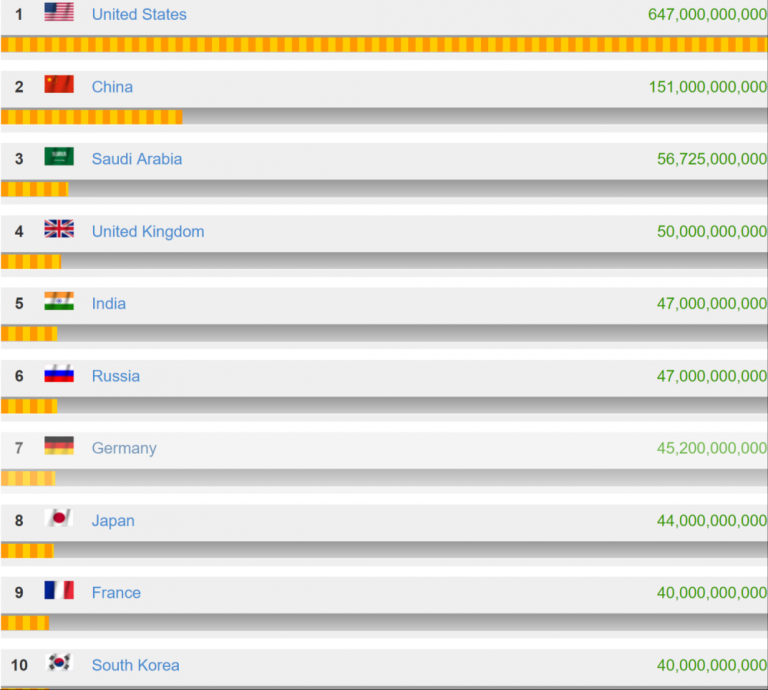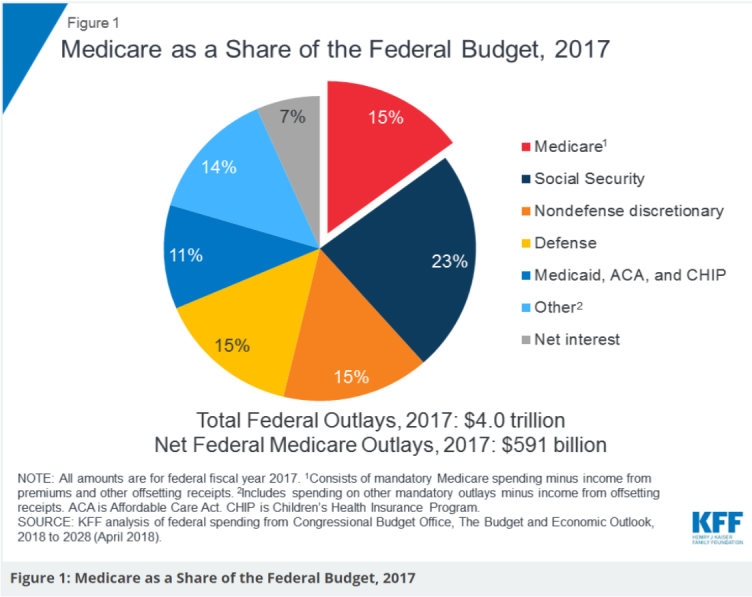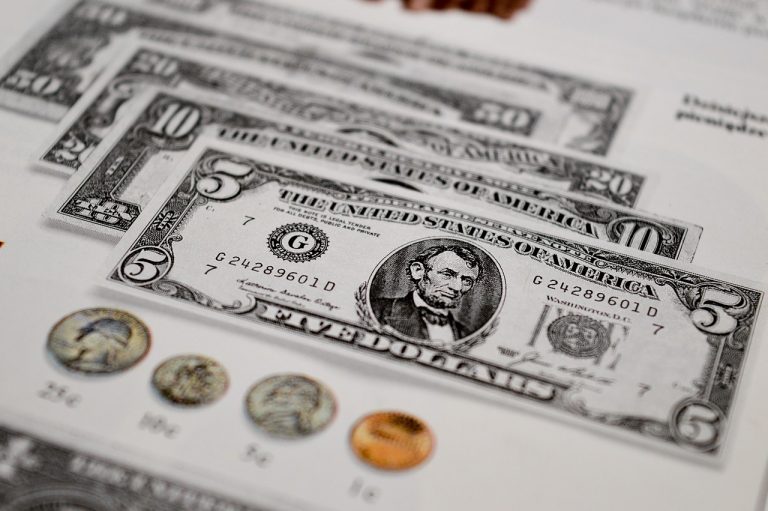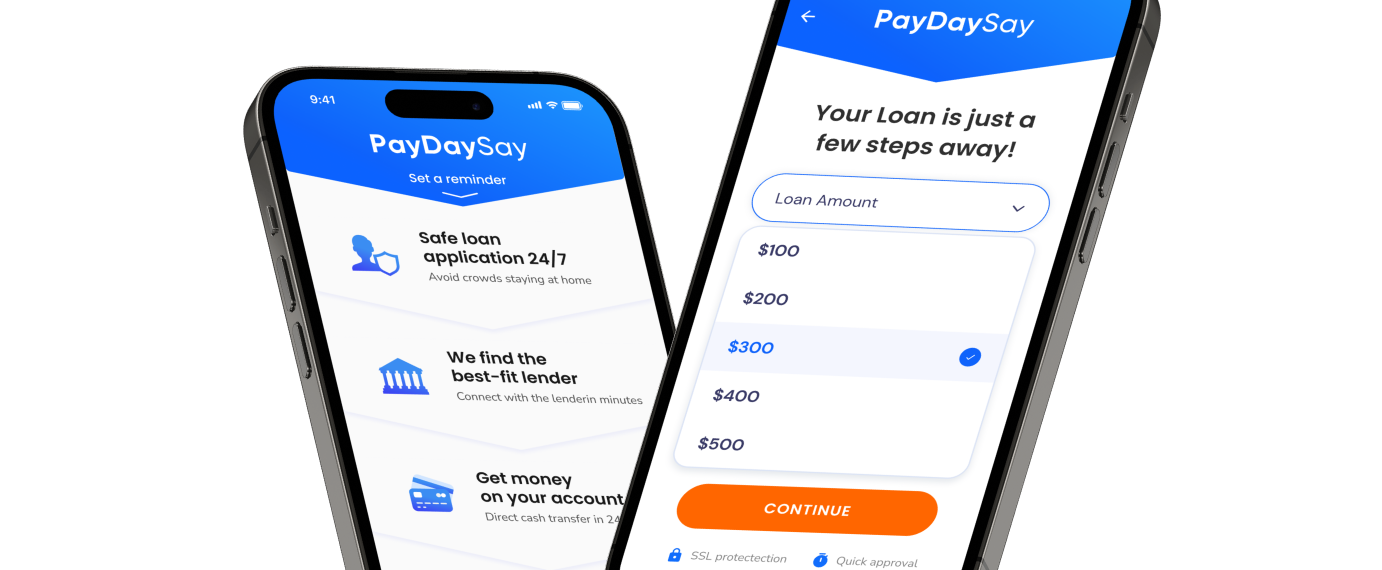Just like you decide how to spend your pocket money, the government gets its money from a different type of taxes to finance various public services like schools, hospitals, the police, and housing. Understanding where state tax dollars go can help explain how countries spend their money.
Indeed, the government helps educate children, build and repair roads & bridges, provide health coverage for low-income groups, and much more. As a result, spending money on such services is economic vitality. It helps build strong and healthy nations.
For individuals, managing finances can also be challenging, but tools like a salary advance loan app can offer quick access to funds in times of need.
We all know that money can be hard to manage. Yet, with the Gross Domestic Product indicator, it’s easier to determine a country’s economy and health.
Related: Check our infographic about how much money Americans spend.
In fact, to have a steady GDP, the government has to ensure that appropriate policies and measures are in place to boost the economy. GDP values vary depending on the countries. Thus, the U.S. government collected $3,3 trillion, which equivalent 17 percent of GDP. In its turn, China accumulated $2.6 trillion, which are equal to 22 percent of GDP.

Yet, according to new researches, GDP is not quite reliable metric countries should use in the 21st century to measure well-being. Only time will show.
Do you know that according to how countries spend their money, it reflects their national stereotypes? Of said, a stereotype that the Irish drink too much reveals only the ubiquity of cheap alcohol in all Irish stores. And nothing more. Russians love to indulge in vices (with 7 percent of household spending on booze & cigarettes, far more than most rich countries). Every stereotype is based on some backgrounds.
So, Where Does the U.S. Spend Its Money?
As the saying goes, nothing is certain but death and taxes. Half of the fiscal year revenue of $3,3 trillion comes from individual income taxes ($1.660 trillion). Namely, $1.179 trillion amount payroll taxes, $218 – corporate taxes, and $238 billion consists of excise, estate taxes, and other big resources. If you have lived or worked in the U.S. between this time period, make sure your contribution is taken into account.
The largest areas of the U.S. state spending include education (has remained fairly constant over the last decade), defense and healthcare. To be more specific, these three areas make up over half of the state spending.
Medicare spending was 15 percent of total federal spending ($1,1 trillion) in 2017 and is projected to rise to 18 percent by 2028
When it comes to defense spending budget, the U.S. takes the leading place with the amount of $647,000,000,000, in 2018. The U.S. spends more on national defense that the next 15 countries combined.
Some experts draw a clear connection between military spending and the quality of life. In the case of Canada, ranked #1st for the quality of life it’s considered only the 14th for military spending. When it comes to Germany, being among the top 10 military spenders by the total dollar amount, it still offers a high-quality of life. Keep working hard!

Well, Medicare spending was 15 percent of total federal spending ($1,1 trillion) in 2017 and is projected to rise to 18 percent by 2028. Nearly 99 percent of Medicare spending is mandatory payments for Medicare programs.
Indeed, this function is of vital importance for a huge portion of the American population, so it’s not easy to ignore it or make draconian cuts. See some figures in the chart below.

Education plays a vital role in determining the productivity and living standards for future generations. Imagine, in 1902 governments in the United States spent one percent of GDP on education programs. While in the early 21st century, governments spend about six percent of the GDP on education programs. In 2017/2018, the US government spent $70, 352,596,760 for education expenditures, which is 5.3 percent of GDP. Feel the difference.
How Much Do Countries Spend on Education?
It’s undeniable fact, that education is a priority across the globe. Yet, the truth is that the level of education spending varies sharply from country to country. If you want to stay up to speed in today’s fast-paced world, explore the education budget by country given in the picture below.
Once a leader for healthcare and education, the U.S. now ranks 27th in the world, according to a new study. By the way, in 1990, the U.S. was ranked the sixth. Today, it is left behind top-ranking Nordic countries, including Finland, Iceland, Denmark, and the Netherlands.
The U.S. has fallen its ratings. As the latest findings from the Pew Research Center show, the U.S. is in the 38th place out of 71 countries in math scores and 24th place in science.
The U.S. spends more on national defense that the next 15 countries combined.
How much does the U.S. spend on education compared to other countries? According to figures from the U.S. Census Bureau, the country spends $11.392 per student every year. Norway is one of the countries that spend the largest share of GDP on education.
Taking into account that once Turkey was placing a big bet on education investments, today it is one of the leading countries that spend the most on education. Moreover, its education spending rose by 76 percent recently. The same goes to the UK and Portugal with a 25 percent improvement in educational spending.
Even considering that almost all education research takes place in the U.S., yet, Finnish people know more how to build effective schools. Score one for Finland.
What Countries Spend the Most on Education?
The U.S. spends only 5.6 percent of its GDP on education, placing it 51st on the United Nationals Development Program’s list of 160 countries. Think only, according to Census Bureau, New Yorkers only spend on education expenditure ($20,000 per student) as the Gambia, with its 75 percent population depending on crops and livestock to live by. Out of the norm, right?
Do you know that Cuba spends 12.9 percent of its GDP educating young people, while Moldova spends 8.6 percent of GDP on educating its population? France and Sweden spend the least as a percentage of their GDP, in fact.
A direct connection to academic success with the education spending prioritized by countries’ government boosts long-term income.
Cuba spends 12.9 percent of its GDP educating young people, while Moldova spends 8.6 percent of GDP on educating its population.
As a percentage of GDP, the UK spends more on education than any other OECD country, followed closely by Denmark and New Zealand. Besides, South Korea has increased the share of public education expenditure by 10 percentage points, as the OECD report indicates.
The latest survey indicates that the highest value of education spending as a percentage of GDP was in Belize, while the lowest one in Bermuda.
So, the fact is true, Belize is the top country by education expenditure in the world, with 7.41 percent in 2017. Great work, all-in-all.Take a look at the graph below that shows which countries spend the most on education on average every year.
On For You
As an old saying goes, what cannot be measured cannot be managed. So, it’s vital to manage education expenditures. Depending on how countries spend their money, it determines the economic growth and health of their nation.













 on your homescreen
on your homescreen
